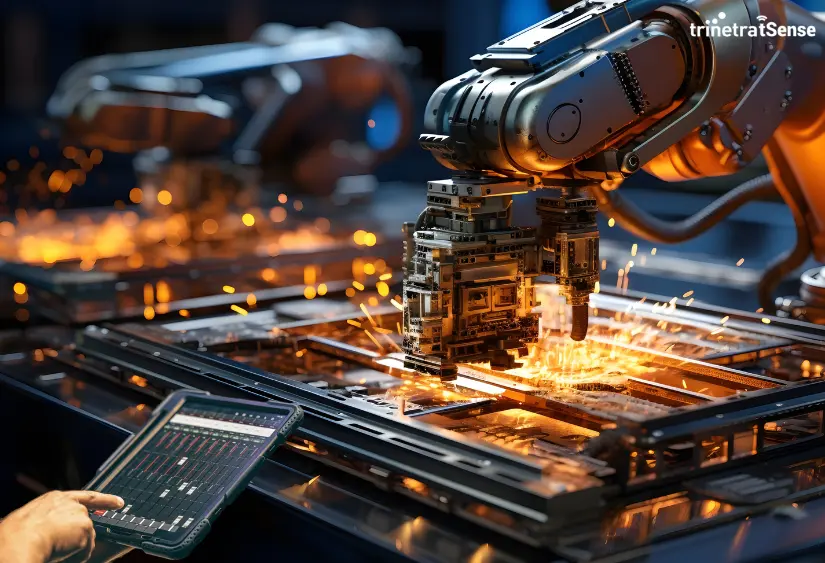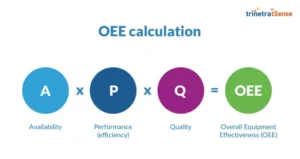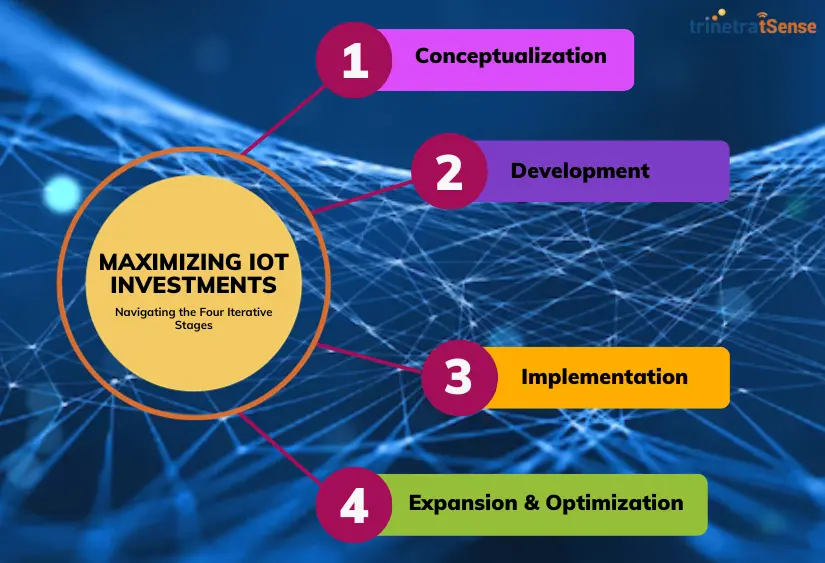In the fast-evolving industrial landscape, optimizing performance and minimizing downtime are crucial. Condition-Based Monitoring (CBM) has emerged as a revolutionary approach, especially with the advent of Industrial IoT (IIoT).
Trinetra Tsense, a leading Industrial IoT Solutions Provider, underscores its significance in enhancing maintenance strategies and operational efficiency.
What is Condition-Based Monitoring?
Condition-Based Monitoring continuously tracks equipment conditions using real-time data to make informed maintenance decisions. Unlike scheduled preventive maintenance, this approach triggers maintenance actions only when necessary, leveraging IIoT technologies that collect and analyze data from embedded sensors.
Key Benefits of Condition-Based Monitoring:
Reduced Downtime & Increased Equipment Lifespan
This approach detects early signs of wear, reducing unexpected failures and extending machinery’s lifespan. This proactive strategy enhances productivity and assures maximum effectiveness.
Cost Savings on Maintenance
By optimizing maintenance schedules, it avoids unnecessary part replacements and labor costs. This targeted strategy streamlines maintenance activities, leading to significant cost savings.
Enhanced Safety and Risk Management
By identifying and mitigating risks, it improves safety and prevents accidents, safeguarding workers and reducing liability.
Data-Driven Decision Making
Incorporating IIoT offers helpful information that sheds light on the operation of equipment. This makes it possible to make more informed choices, streamline procedures and plan adaptive maintenance.
Sustainability and Environmental Impact
Efficient maintenance practices reduce energy consumption and carbon emissions. This ensures optimal machinery operation, aligning with green practices and corporate social responsibility.
How Trinetra Tsense Enhances Condition-Based Monitoring with IIoT Solutions
Trinetra Tsense offers advanced IIoT solutions to empower industries in leveraging this approach effectively. Their comprehensive suite includes:
- Real-Time Data Collection: Sensors capture critical parameters, providing continuous data for analysis.
- Predictive Analytics: Algorithms predict failures and recommend maintenance actions.
- Remote Monitoring: Cloud-based systems make it possible for swift problem solving.
- Customizable Alerts: Configurable alerts notify stakeholders of any deviations.
- Integration Capabilities: A smooth transition is ensured through a seamless integration with the present systems.
Are you ready to make changes to your maintenance tactics in order to boost operational efficiency? Contact Trinetra Tsense today and discover how our IIoT solutions can revolutionize your industrial operations.













